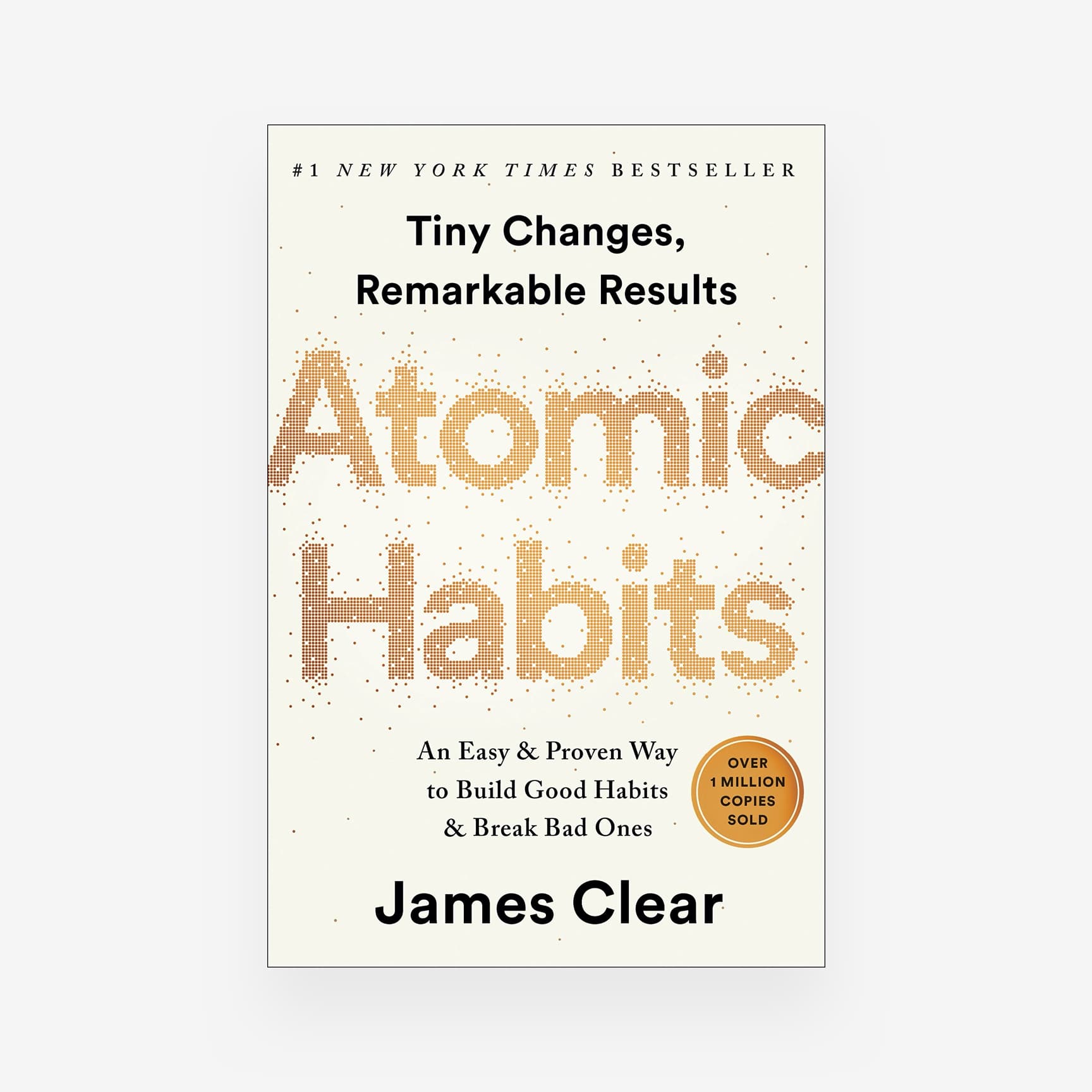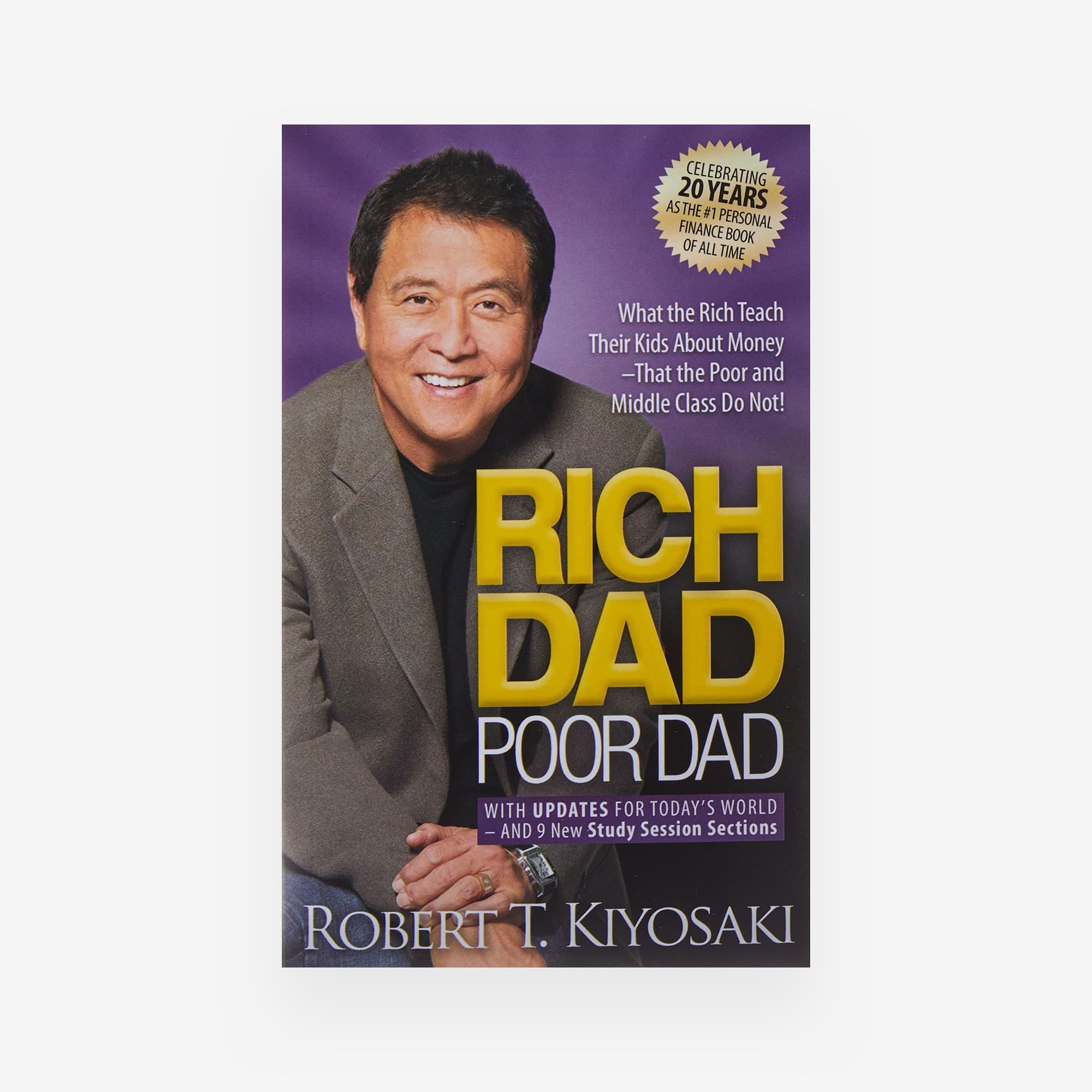The abrupt discovery of the coronavirus disease (COVID-19) has stupefied global, national, and regional economies. Both human and economic activities are forced to halt to contain and control the casualties brought by the spread of the virus. As this virus knows no borders, no one can predict when this crisis will be eliminated.
The Philippines responded quickly to fight off the virus and reduce its impact. Stopping the spread of COVID-19 by imposing an Enhanced Community Quarantine (ECQ) in the regions with the most active cases. Comprehensive sustenance for both households and businesses to help drive the ECQ. One of which is offering an emergency subsidy program for families and income supplementation to employees of small businesses.
In this article, we will thoroughly discuss the implications of the virus by breaking it down into three: employees; businesses; and the economy.
 Photo by anastasiiachepinska on unsplash.com
Photo by anastasiiachepinska on unsplash.com
BUSINESSES
The Philippines' containment measures especially in areas with an alarming rate of Covid-19 cases have stopped 75 percent of the economic activities.
Ever since the Pandemic happened, the business groups and employers expressed their agitation over the numerous consequences of the lockdown measures implemented by the government.
One of the most affected sectors is those businesses belonging to small and medium-sized enterprises as they are forced to reduce operation hours or worse, close their business in compliance with the local restrictions.
In terms of the tourism industry— such as resorts, hotels, and many others, have to suspend their operations following the Department of Tourism (DOT) advisory.
This is alarming considering that these enterprises employ 70 percent of Filipinos. Adding salt to the increasing unemployment rate in the Philippines.

EMPLOYEES
It has been reported that last year has been the highest unemployment rate ever recorded in the past 15 years.
According to the Philippine Statistics Authority’s quarterly labor force survey (LFS), there are about 4.5 million Filipinos who were discharged as a result of the lockdown which shutters thousands of businesses nationwide. This unemployment rate is equivalent to 10.4 percent.
However, as quarantine restrictions slowly eased in these past few months, it has allowed the economy to reopen to compensate for the loss and threshold last year. By October last year, the jobless rate moderated to 8.7 percent.
On the other hand, labor groups emphasized that there's no reason to celebrate yet as the Pandemic remains to affect the jobs of millions of Filipino. Creating uncertainty for the future of the Filipino workers.

Photo by lawaritao on unsplash.com
ECONOMY
The COVID-19 shock pushes the economy to relapse threatening opportunities for social and economic gains. The economy shrank to 9.5 percent in the first half of 2020. It is considered following the largest contraction since 1985 as a result of the implementation of tough quarantine measures that choked economic trades.
For the safety and precautionary restrictions to be effective, the Government allows only businesses whose services and goods are classified as "essential" to continue to operate. Leaving the non-essential-classified businesses to halt their operations.
Aside from this, it has triggered the delay of the non-commercial transfer of money from the Overseas Filipino Workers (OFW) to their families in the Philippines.
The social assistance for struggling families and businesses has at least lessened the burden of the consequences of the Pandemic, but it isn't suitable for long-term solutions.
Investing in the infrastructure of public service delivery ensures direct protection that will benefit the poor and vulnerable sectors of the Philippines in situations like this.
CONCLUSION
The damage caused by this crisis tests how prepared our sectors are for unforeseen events. Furthermore, the interruption of the supply chain and decline in sales have affected the vulnerable sectors, causing an increase in the jobless rate and closing the operations of some 'non-essential' enterprises. Despite the effort to reduce the impact, it is no doubt that COVID-19 has a domino effect on the branches of our economy.






















